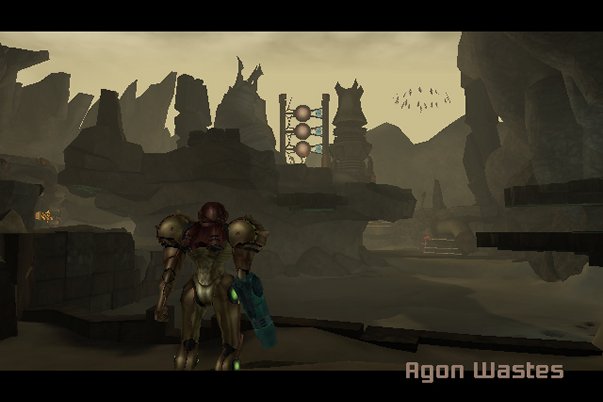The History of Metroid
A series that lived in the shadows of giants
In 1999, with the Nintendo 64 approaching the end of its troubled road and "Project Dolphin" on the horizon, Nintendo finally accepted that Metroid wasn't going to sell in Japan and started planning a fully Western-orientated instalment. The next game in the series would be for Dolphin, eventually renamed to GameCube, but there wasn't any room internally to get to work on the first 3D instalment.
Intelligent Systems was already busy working on Game Boy Advance launch games Mario Kart Super Circuit, Wario Land 4 and Advance Wars - plus its lack of 3D expertise made it an unlikely candidate to take Samus into the third dimension. Instead Nintendo put the team to work on a new 2D instalment for Game Boy Advance, once again under the direction of series director Yoshio Sakamoto.
Nintendo was forced to look to outside sources for its new Western Metroid. Then second-party Silicon Knights was booked solid, and relationships with Rare (who also later bailed ship) were questionable at best after it was forced to re-skin one of its adventure games with Starfox characters.
Enter Retro Studios, the upstart developer founded by Jeff Spangenberg, former boss of Iguana Entertainment, the creators of the first (and only decent) Turok games. Retro was an attractive candidate for the Metroid project; it had a list of talented names among its staff, an up-to-date development building with motion capture studio and thralls of impressive technology. Spangenberg's reputation sealed the deal.

Nintendo signed an agreement with the untested studio to develop five exclusive GameCube games, one of which would be the first fully 3D Metroid, called Metroid Prime - a prequel set between the NES original and Metroid II. The other four titles in development were a combat racer, an action-adventure game, an American football sim and the much-hyped Raven Blade, all of which were shown at the Space World 2000 show via trailer.
The Western developer was a controversial choice for the series - which by now had gained a massive and loyal fanbase all desperate for the sequel they'd been waiting for since 1994. Retro's public perception was muddied further when it was revealed that two of its titles - the American football sim and unnamed racer - had both been canned. Soon after, the mysterious "action-adventure" title also got the chop, causing concern for how well the long-awaited 3D Metroid would turn out.
Sign up to the GamesRadar+ Newsletter
Weekly digests, tales from the communities you love, and more
Then, at Space World 2001 in Japan, concerns for Metroid Prime got much, much worse...
The Tokyo unveiling of the GameCube line-up was controversial enough as it was; Mario with a new water-pumping backpack, cell-shaded, winking Link and Starfox without any flying. Nintendo fans got their knickers even more in a bunch when it was revealed that, thanks to intervention from Shigeru Miyamoto himself, the already controversial Metroid Prime would now be in first-person.
To make maters worse, early, ropey-looking screenshots of the game left a very sour taste in the mouths of the press and public. Going first-person was the final straw for the incredibly controversial Metroid sequel, and expectation was at an all-time low.


